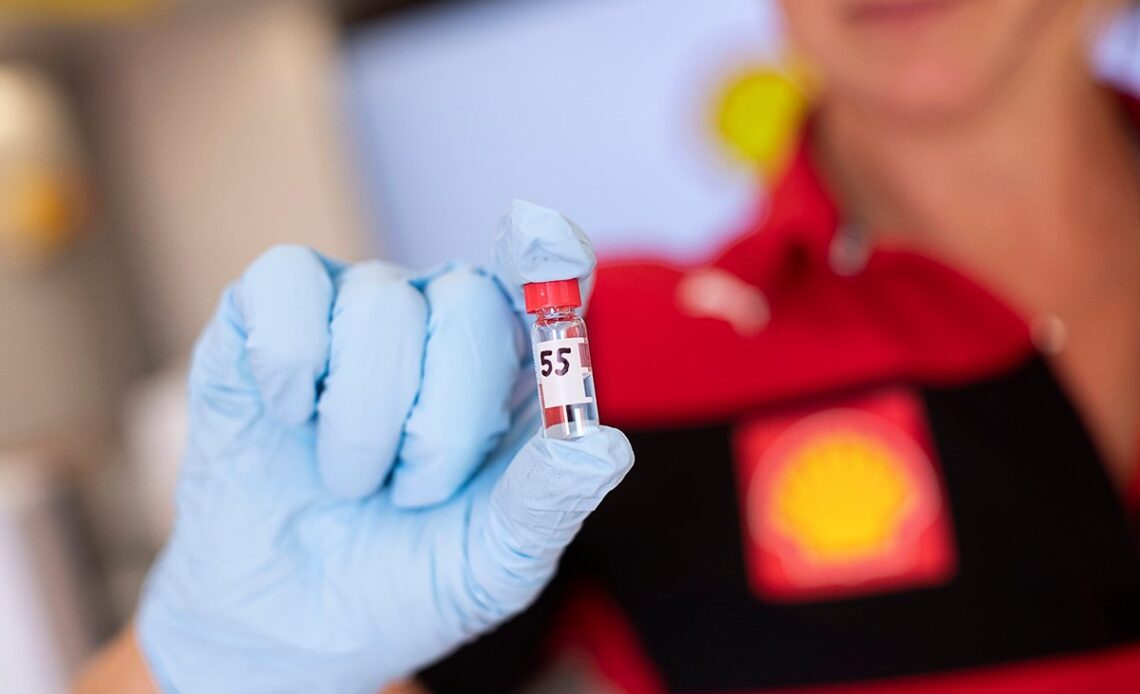Indeed, recent decades have highlighted some extremes – from the 1980s and 1990s when questionable super exotic blends were the only way to win, to the current turbo hybrid era where it is about getting the most energy out of a set weight of fuel.
But, as F1 eyes a carbon-zero future, attention is now shifting to the impact of the switch to fully sustainable fuels from 2026.
And, while the idea of F1 cars being powered by waste and bio produce may not be so fitting for the championship’s image, for the companies at the heart of the transition, these are exhilarating times.
Indeed, after years where there have been ever-increasing restrictions on what fuel suppliers can do to tweak the chemical composition of their petrol, allied to fewer and fewer opportunities to bring updates, the pretty much blue-sky approach for 2026 is offering plenty of appeal.
As Valeria Loreti, delivery manager at Shell Motorsport who helps head the interface between her company and Ferrari, F1’s 2026 overhaul is something to get very excited about.
“From a fuel perspective, we are now in a completely new space,” she tells Autosport.
“We’re talking about advanced sustainable components that need to be derived by special feedstocks. It could be recycled, it could be e-fuels, it could be biofuels, but they can’t be on an edible food chain.
“So we have a lot of constraints, but also a lot of freedom. It means we can really explore different areas.
“Plus the volumes required with F1, it’s not like the volumes required for consumer products.
“That gives us the opportunity to test things that are really innovative, that nobody has ever done before, and to work on our own expertise.
“Advanced, sustainable components are going to be a different kind of beast.”
Details from Shell Formula 1 trackside laboratory
Photo by: Shell Motorsport
Changing times
While F1 has already begun the transition to sustainable fuels thanks to the E10 demand from last year, the scale of the challenge that awaits fuel manufacturers going 100% should not be underestimated.
Loreti has revealed that the current demand for there to be a 10% ethanol bio-component for 2022 seemed to be simple, but ultimately proved to be a bit more complicated.
“Blending ethanol, it may sound really easy because we have ethanol fuel on the roads, but actually how it behaves in an F1 power unit has been a very long journey of learnings,” she explained.
“Ethanol is a great component. It has a good octane number, it is…
Click Here to Read the Full Original Article at Autosport.com – Formula 1 – Stories…

